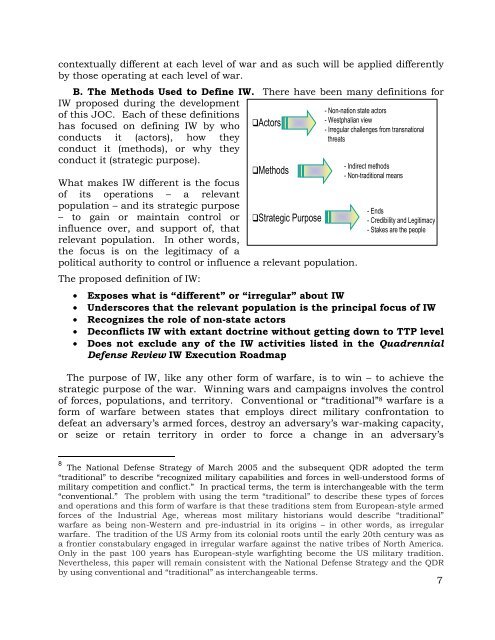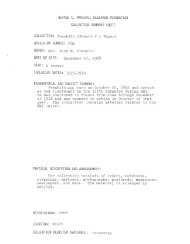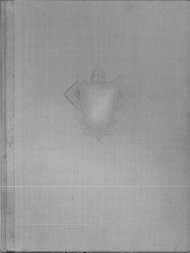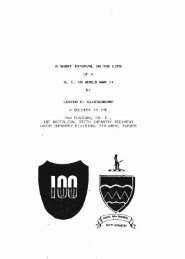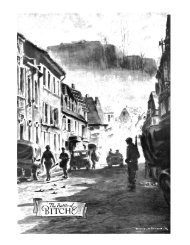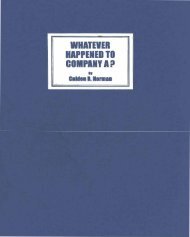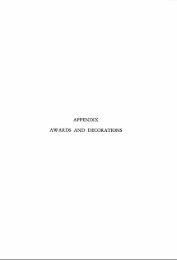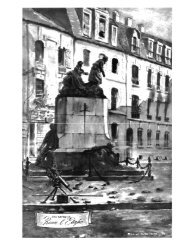Joint Operating Concept (JOC) - GlobalSecurity.org
Joint Operating Concept (JOC) - GlobalSecurity.org
Joint Operating Concept (JOC) - GlobalSecurity.org
You also want an ePaper? Increase the reach of your titles
YUMPU automatically turns print PDFs into web optimized ePapers that Google loves.
contextually different at each level of war and as such will be applied differently<br />
by those operating at each level of war.<br />
B. The Methods Used to Define IW. There have been many definitions for<br />
IW proposed during the development<br />
of this <strong>JOC</strong>. Each of these definitions<br />
has focused on defining IW by who<br />
conducts it (actors), how they<br />
conduct it (methods), or why they<br />
conduct it (strategic purpose).<br />
What makes IW different is the focus<br />
of its operations – a relevant<br />
population – and its strategic purpose<br />
– to gain or maintain control or<br />
influence over, and support of, that<br />
relevant population. In other words,<br />
the focus is on the legitimacy of a<br />
political authority to control or influence a relevant population.<br />
The proposed definition of IW:<br />
Actors<br />
Methods<br />
Strategic Purpose<br />
- Non-nation state actors<br />
- Westphalian view<br />
- Irregular challenges from transnational<br />
threats<br />
- Indirect methods<br />
- Non-traditional means<br />
- Ends<br />
- Credibility and Legitimacy<br />
- Stakes are the people<br />
• Exposes what is “different” or “irregular” about IW<br />
• Underscores that the relevant population is the principal focus of IW<br />
• Recognizes the role of non-state actors<br />
• Deconflicts IW with extant doctrine without getting down to TTP level<br />
• Does not exclude any of the IW activities listed in the Quadrennial<br />
Defense Review IW Execution Roadmap<br />
The purpose of IW, like any other form of warfare, is to win – to achieve the<br />
strategic purpose of the war. Winning wars and campaigns involves the control<br />
of forces, populations, and territory. Conventional or “traditional” 8 warfare is a<br />
form of warfare between states that employs direct military confrontation to<br />
defeat an adversary’s armed forces, destroy an adversary’s war-making capacity,<br />
or seize or retain territory in order to force a change in an adversary’s<br />
8<br />
The National Defense Strategy of March 2005 and the subsequent QDR adopted the term<br />
“traditional” to describe “recognized military capabilities and forces in well-understood forms of<br />
military competition and conflict.” In practical terms, the term is interchangeable with the term<br />
“conventional.” The problem with using the term “traditional” to describe these types of forces<br />
and operations and this form of warfare is that these traditions stem from European-style armed<br />
forces of the Industrial Age, whereas most military historians would describe “traditional”<br />
warfare as being non-Western and pre-industrial in its origins – in other words, as irregular<br />
warfare. The tradition of the US Army from its colonial roots until the early 20th century was as<br />
a frontier constabulary engaged in irregular warfare against the native tribes of North America.<br />
Only in the past 100 years has European-style warfighting become the US military tradition.<br />
Nevertheless, this paper will remain consistent with the National Defense Strategy and the QDR<br />
by using conventional and “traditional” as interchangeable terms.<br />
7


